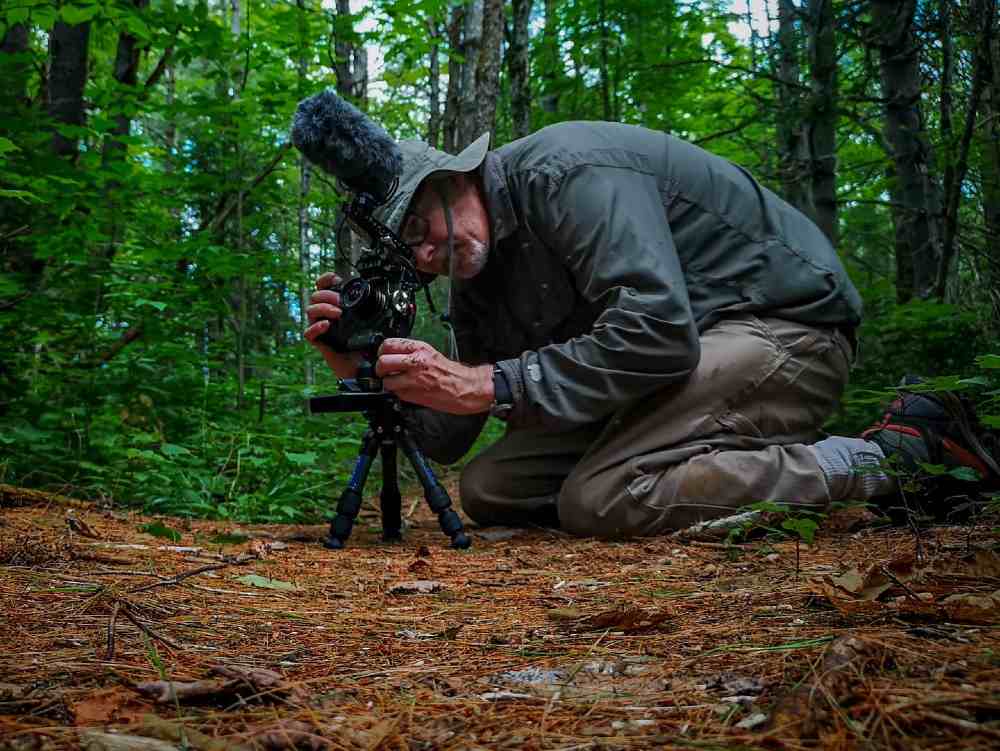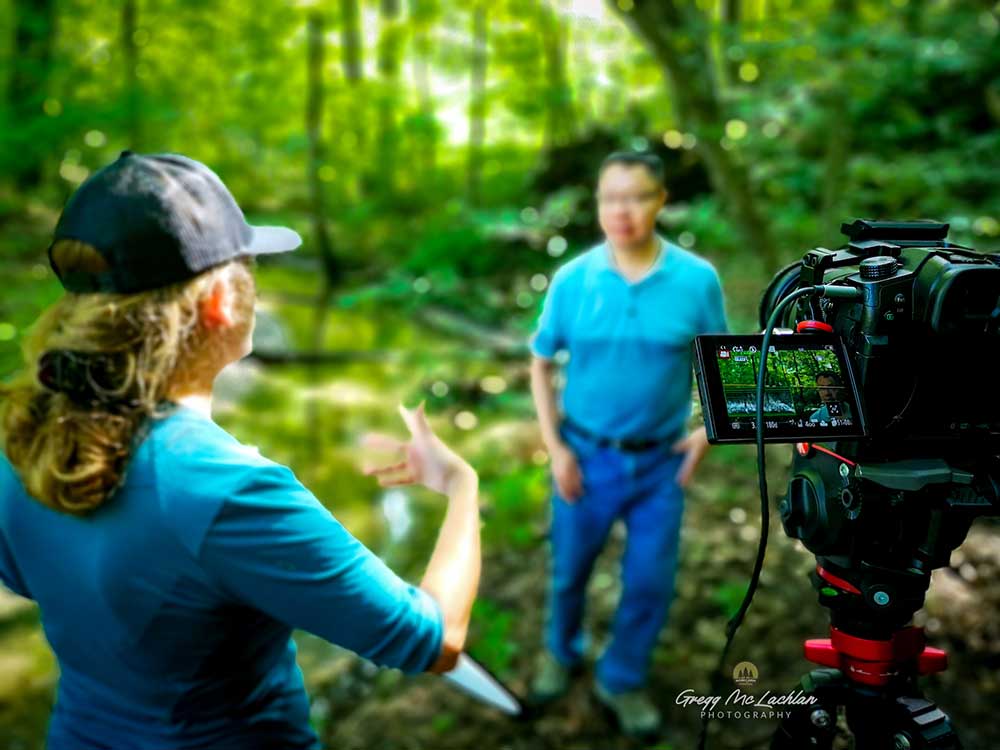

3 Reasons Why Organization Storytelling Is The Future Of Conservation
Today’s society is fast-paced. We live our daily lives consumed by the digital age and its conveniences. Clicks have become robotic. Facts are forgotten fast or blurred. Our thirst for instant gratification has made it more and more difficult to hold our attention, let alone make us feel something.
This is why narrative storytelling for conservation and the environment has become so coveted these days. Why is narrative storytelling different? Well it discards the old ways that were based solely on pumping out social media posts, marketing materials, or messaging that were based on only facts. Facts by themselves are boring to audiences. Narratives storytelling can still have facts, but it weaves in stories that evoke emotions and connect the ‘why’.
If you are not tugging at heartstrings of audiences and seeking deeper connections than just spewing out facts, your environmental organization is just another faceless entity in a fast-paced world. Sorry. That’s the gut punch.
Humans are hardwired to emotionally react to stories. It has been that way for thousands of years. Then something called marketing came along and skewed that focus.
Your organization can do one of two things going forward: 1) Stay stuck in the automated ‘safe’ mindset of pushing out robotic self-serving messaging, and the same old outdated playbook of not changing ways, or 2) Dare to make our organizations be and feel more human to our audiences.
Here are three reasons why Organizational Stortyelling Is The Future Of Conservation:


You Want a Tribe, Not Customers
If you’re focused on pushing a product or service, you’re in a very very crowded and ultra competitive landscape. Good luck with that. Alternatively, if you’re focused on evoking emotions, values and ideas in your storytelling, you are making your audiences feel something. You are also helping them get to know you. When this happens that ‘audience’ will become more than an audience or customers. They will become your tribe. Why does tribe building hold so much value today? It’s loyalty. Tribes are loyal to brands. Why? Because tribes are based on emotional connections to something, a cause, or an organization. You won’t win tribes easily. It takes work and a commitment to change your ways. You will only achieve that emotional connection when tribes know a brand story that makes them feel connected. Tribes follow your brand journey, become part of it, advocate for you (for free!), and stick with you over the long run because the bond holds tighter than occasional customers or supporters.


It’s Not About Your Services
This is not rocket science. Especially for conservation. And especially now when we’re fighting to save the environment. How do you make lives better for people? How do you care? What are your values and how do you show those values in what you do in the field? What do you stand for? What makes your organization human, just like the tribe you seek to attract? If you don’t know these answers or are telling these stories, your organization is probably still stuck in the paper-pushing office days of bricks and mortar self-serving messaging and not being connected to what your audiences desire. Here’s another gut punch: Unless you’ve been sleeping under a rotting log in the forest, conservation organizations that now build compassion, empathy, and heart-filled stories into their messaging are now among the most successful nonprofits and organizations in Canada.


Facts And Statistics Suck (Mostly)
Your audiences will (mostly) forget your facts, but they will not forget how you make them feel. Research shows that messages delivered as stories can be up to 22 times more memorable than just facts. OK, your audience may remember one or two facts about you. But think of all the organizational energy and capital spent over the years on pushing out facts and statistics for your marketing. And then only to have one or two facts remembered? Wow, how’s that for ROI? Just touting facts about your causes, services or products is never enough in a crowded landscape. There is so much noise out there, all doing the same pushy thing to compete for your attention. Just take one look at the annoying stuff you see cluttering your newsfeed on Facebook. We all keep scrolling past that sameness. Until something different catches our attention. Think about the last time a story made you pause among all the clutter. It was probably something that made you think, emotionally connect, and feel something. It was also something unique! Bingo! That’s the big difference. No other brand can copy your stories about your history, your successes, and your challenges.
What is being Real and Authentic?
Real is Better Than Perfect in your storytelling
Why having a Niche based on Shared Values Matters in Conservation
- What’s It Really Like Being a Conservation Filmmaker? - April 15, 2024
- Filmmaking Explainer: What Is Post-Production? - April 6, 2024
- New Videos for The Nature Conservancy of Canada - April 2, 2024




